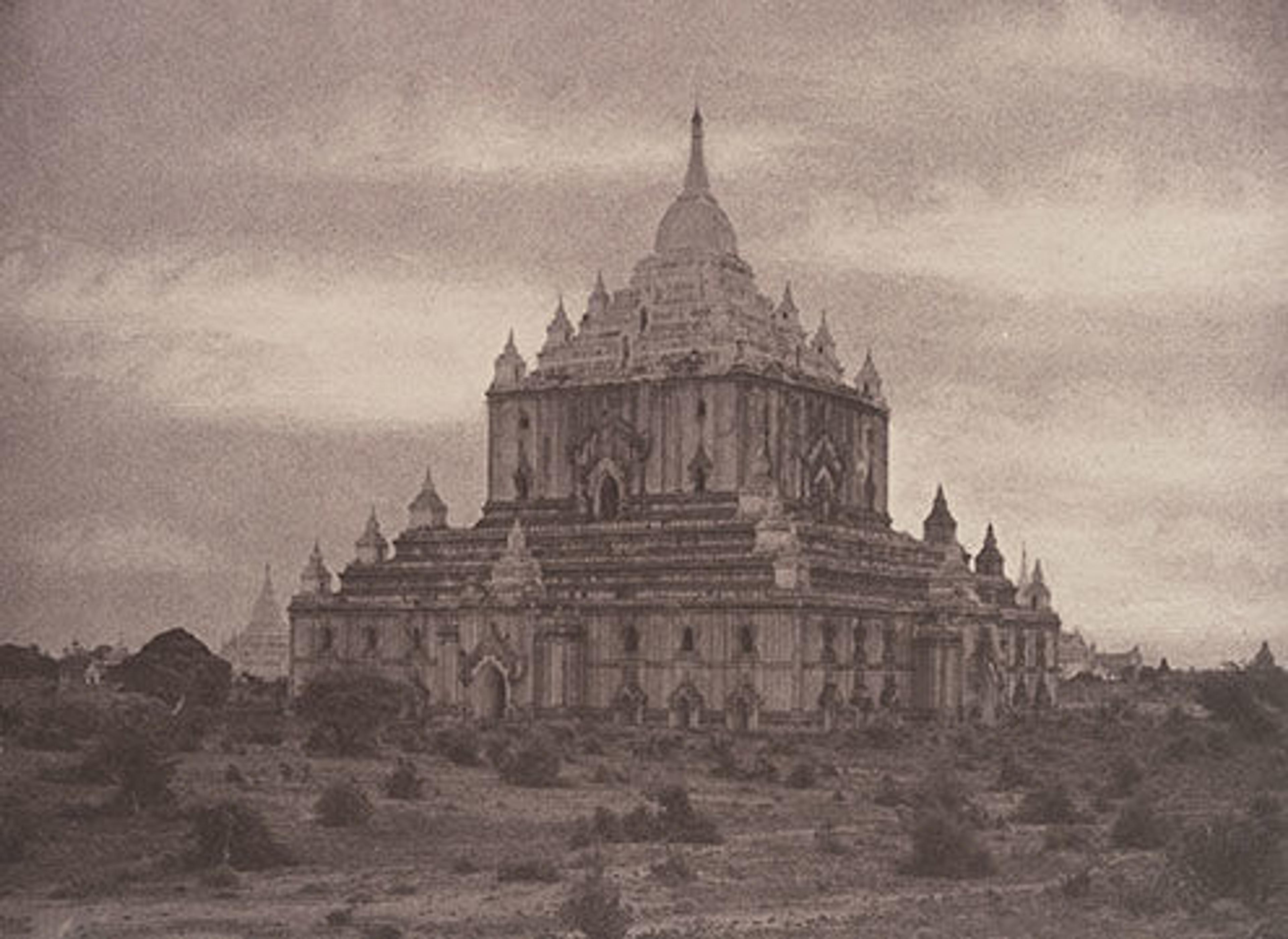
February 24–May 25, 2015
Exhibition Location: Galleries for Drawings, Prints, and Photographs, 2nd Floor (Galleries 691-692)
Press Preview: Monday, February 23, 10:00 a.m.–noon
Captain Linnaeus Tripe (1822–1902) occupies a special place in the history of 19th-century photography for the outstanding body of work he produced in India and Burma (now Myanmar) in the 1850s. Captain Linnaeus Tripe: Photographer of India and Burma, 1852–1860 is the first major traveling exhibition of his work and will be on view at The Metropolitan Museum of Art from February 24 through May 25, 2015. Tripe was a photographer with the eye of a surveyor and the sensibilities of an artist, a telling combination that sets him apart from others of the period. The exhibition of approximately 60 photographs traces Tripe's work from his earliest photographs made in England (1852–1854) during an extended leave from his first deployment in India, to those created on expeditions to the south Indian kingdom of Mysore (1854), to Burma (1855), and again to south India (1857–1858).
The exhibition is made possible by The Horace W. Goldsmith Foundation.
It was organized by The Metropolitan Museum of Art, New York and the National Gallery of Art, Washington, in association with the Victoria and Albert Museum, London.
Originally from Devonport, England, Tripe joined the British East India Company in 1839. Although he spent several years in India on assignment as an officer of the 12th Madras Infantry, it wasn’t until he returned to his hometown on leave in 1851 that he learned photography. When he returned to India in 1854, he photographed throughout the country and Burma, at first on his own initiative and later under the auspices of the Madras Presidency—a British administrative subdivision covering much of southern India—when he was appointed their photographer in 1856.
Tripe quickly recognized that photography could be an effective tool for conveying information about unknown cultures and regions. Drawing on his army background and training, he possessed the vision to understand how to develop a professional practice under the auspices of a large bureaucracy—the East India Company and the British government.
Tripe worked during a time of great change; the Indian Rebellion of 1857 caused the transfer of power from the East India Company to the British government, making India part of the British Empire. However, Tripe’s pictures provide little evidence of that revolt, as he remained largely removed from the fighting. Instead, he made some of the first photographs of celebrated architectural sites—temples, palaces, and forts—as well as natural landmarks in Burma and throughout the large south Indian province of Madras, creating pictures that cogently revealed to the West aspects of those countries’ art, culture, and religion. During his time in south India, Tripe generated more than 290 large-format negatives, a total of 17,745 prints, 30 of which will be on display at the Met. Also featured will be a 21-part panorama recording the inscriptions on the outer walls of the Great Pagoda at Tajore, which was hailed at the time as “a noble triumph of photography.”
With his military discipline and order, Tripe managed to achieve remarkably consistent results, despite the stifling Indian climate where heat and humidity were constant challenges to photographic chemistry. And with his training as a surveyor, where choice of viewpoint and technical ability were essential, his photographs are distinguished by their aesthetic and formal rigor, which gives many of them a distinctly modern character.
Exhibition Credits The presentation of Captain Linnaeus Tripe: Photographer of India and Burma, 1852–1860 at the Metropolitan Museum is organized by Mia Fineman, Associate Curator in the Department of Photographs.
The exhibition was conceived by curators Sarah Greenough, senior curator and head, department of photographs, National Gallery of Art; Malcolm Daniel, curator in charge, department of photography, Museum of Fine Arts, Houston; and Roger Taylor, professor emeritus of photographic history, De Montfort University, Leicester.
Related Publication and ProgramsThe exhibition catalogue (228 pages; hardcover, $65) is published by the National Gallery of Art and DelMonico Books, an imprint of Prestel Publishing.
The exhibition will be featured on the Museum’s website, as well as on Facebook, Instagram and Twitter via the hashtag #CaptainTripe.
Prior to its presentation at the Metropolitan Museum, Captain Linnaeus Tripe: Photographer of India and Burma, 1852–1860 will be on view at the National Gallery of Art, Washington, D.C. through January 4, 2015. Following its showing in New York, it will travel to the Victoria and Albert Museum, London (June 24 through October 11, 2015).
###
November 24, 2014